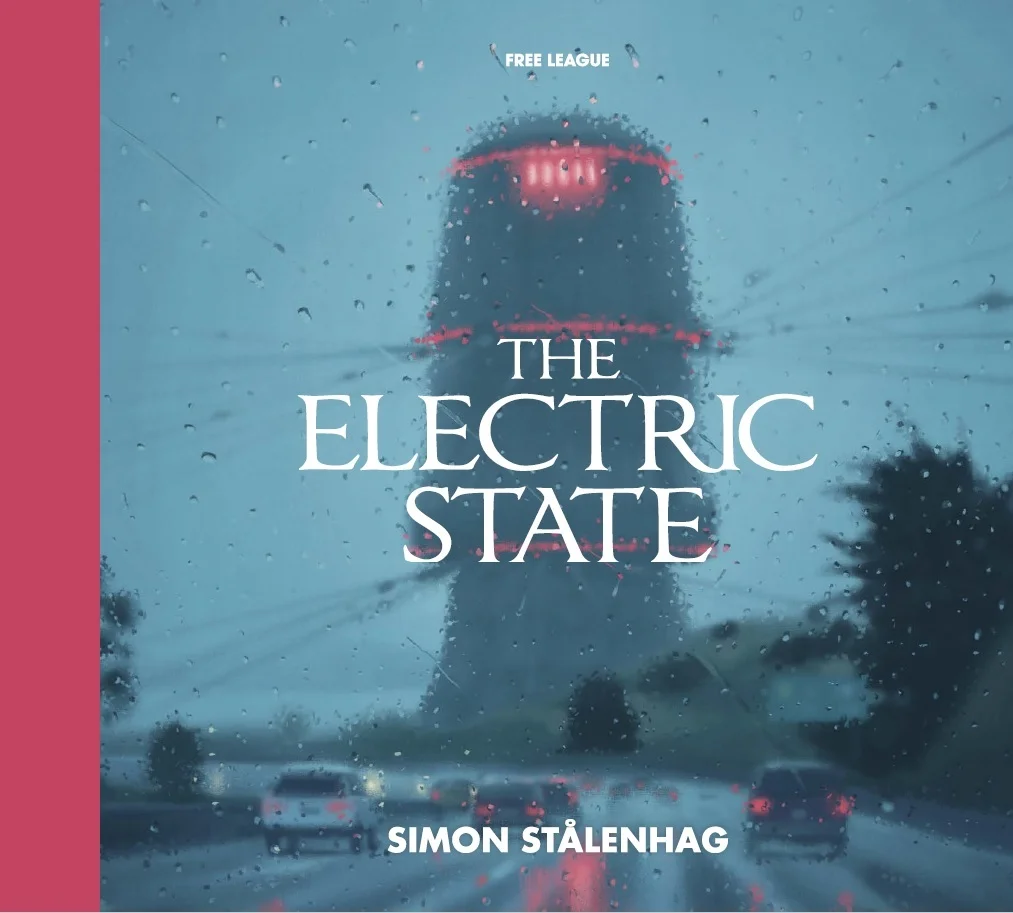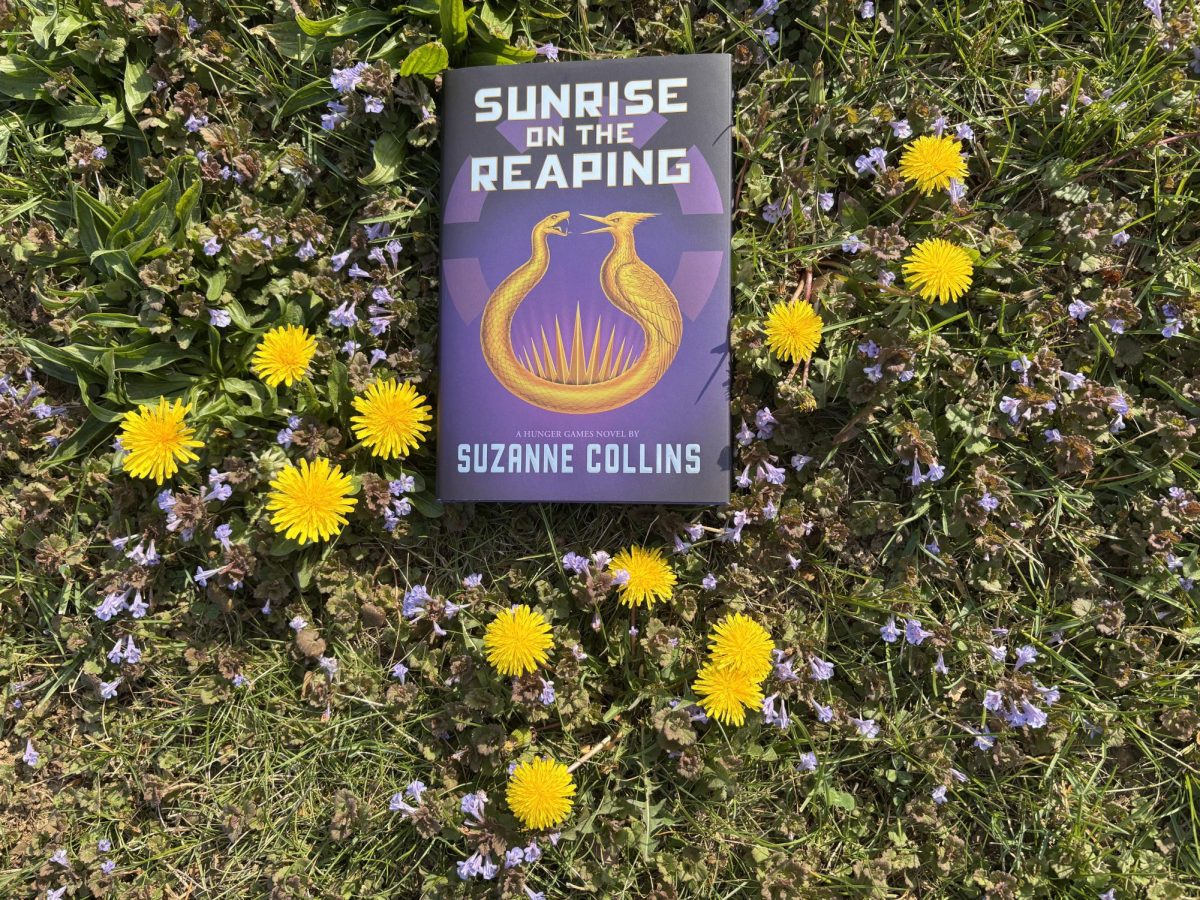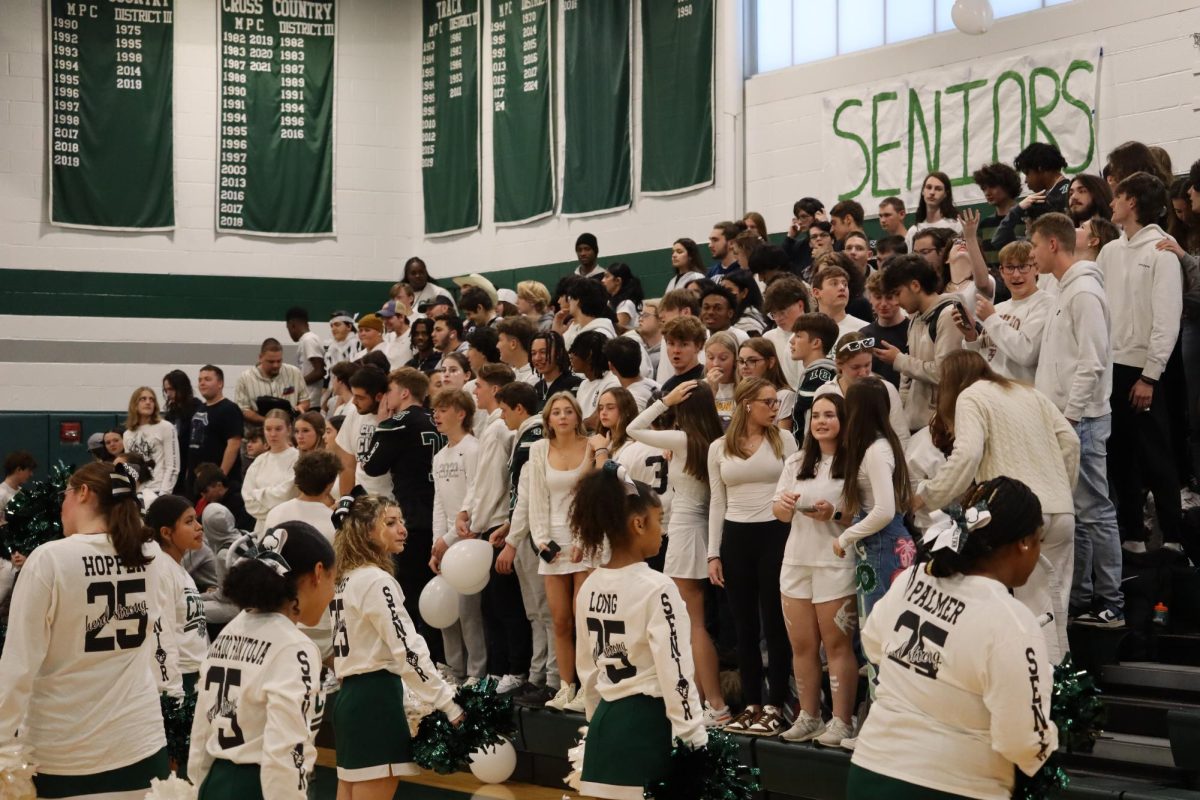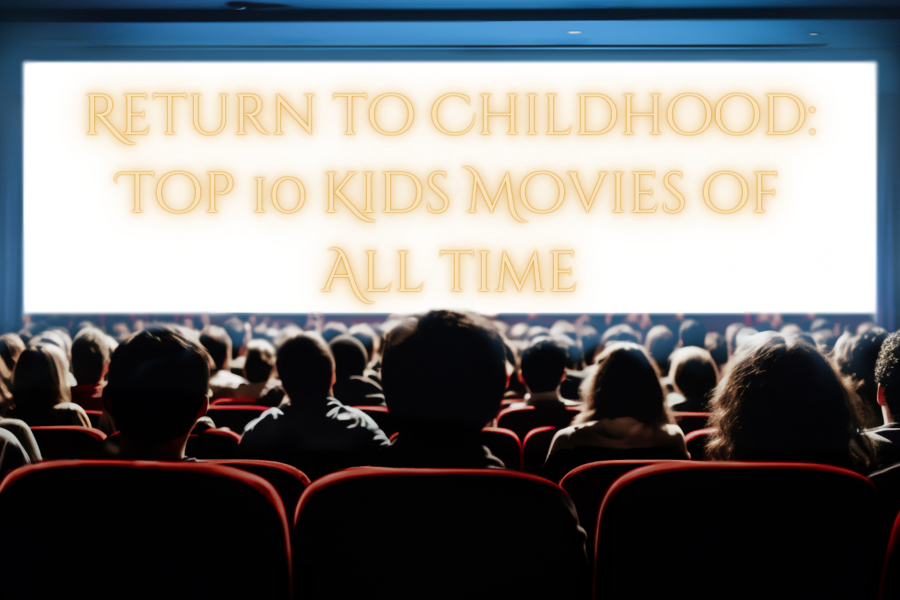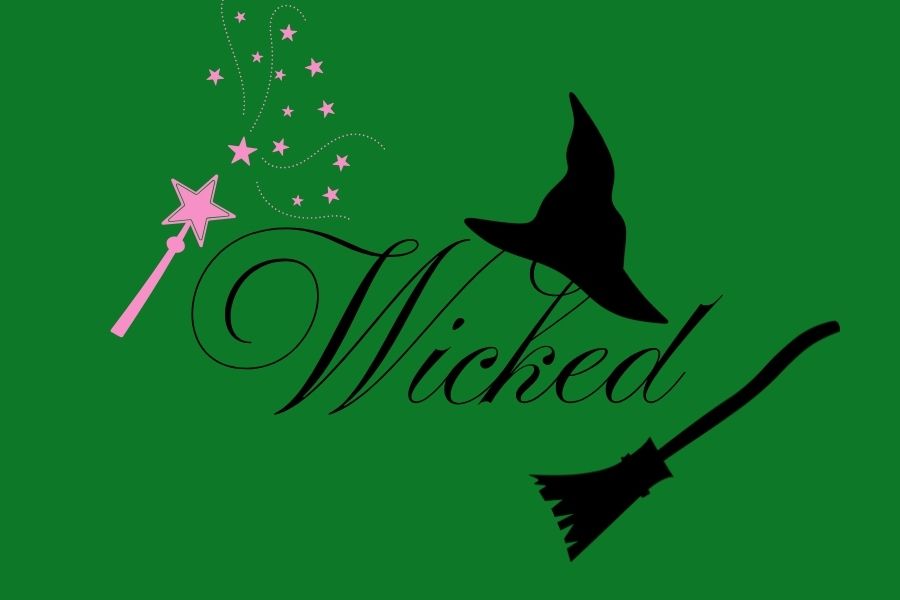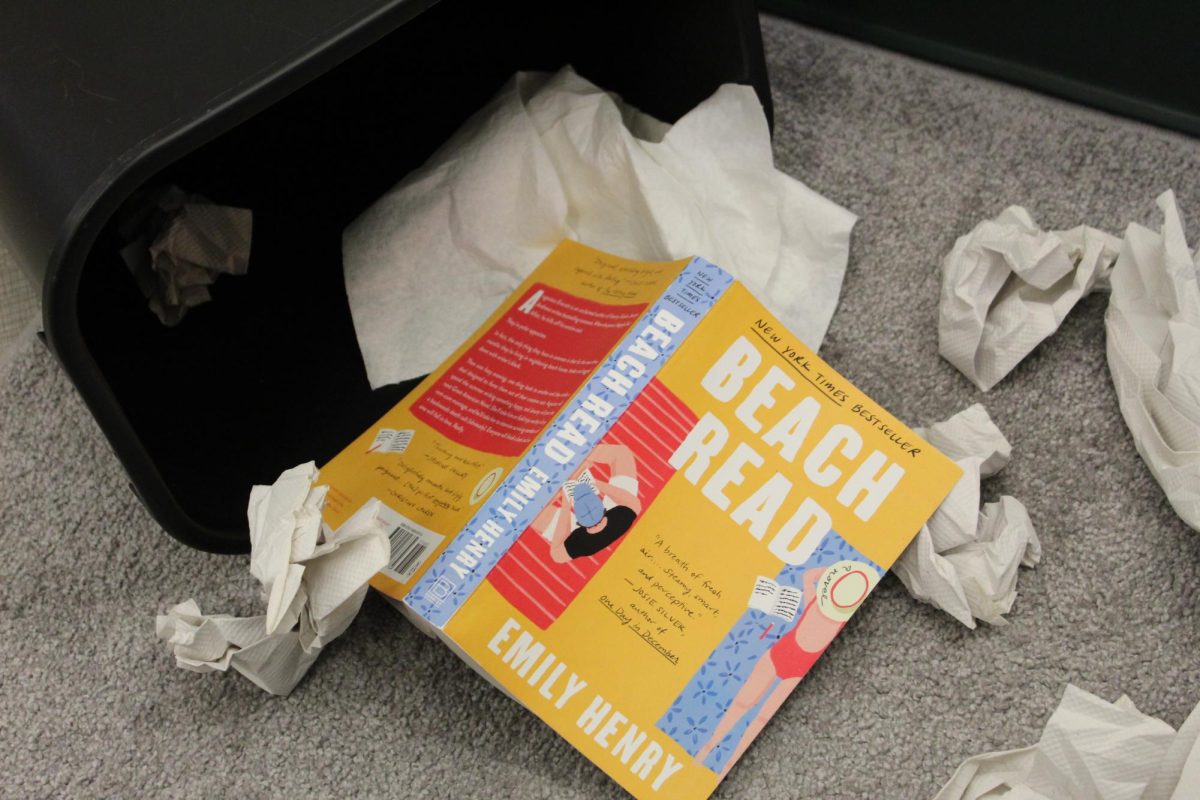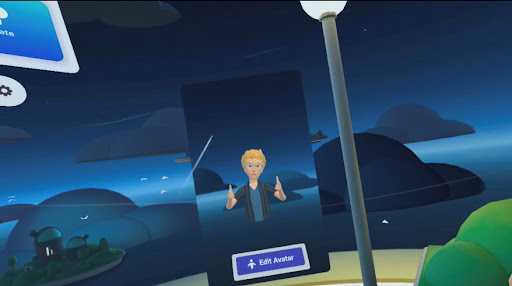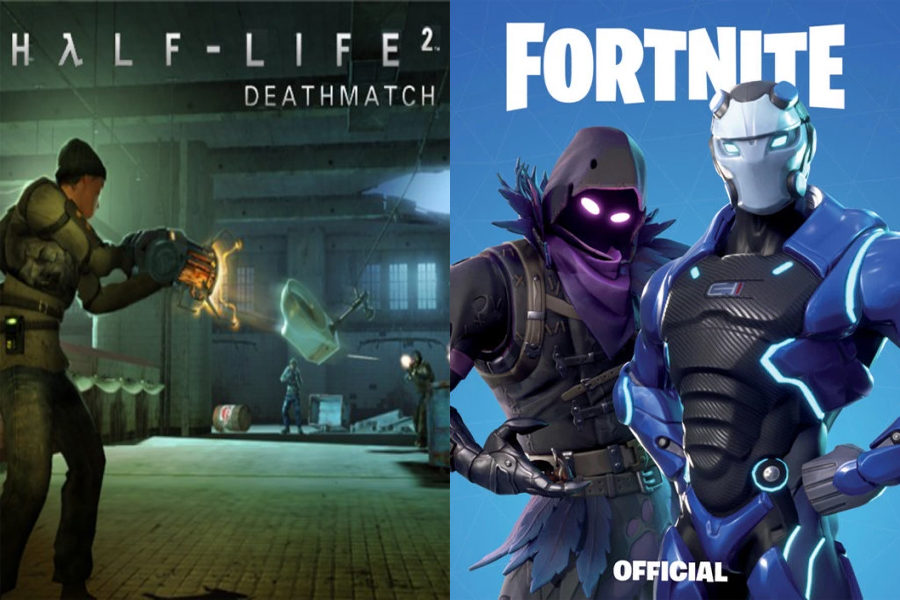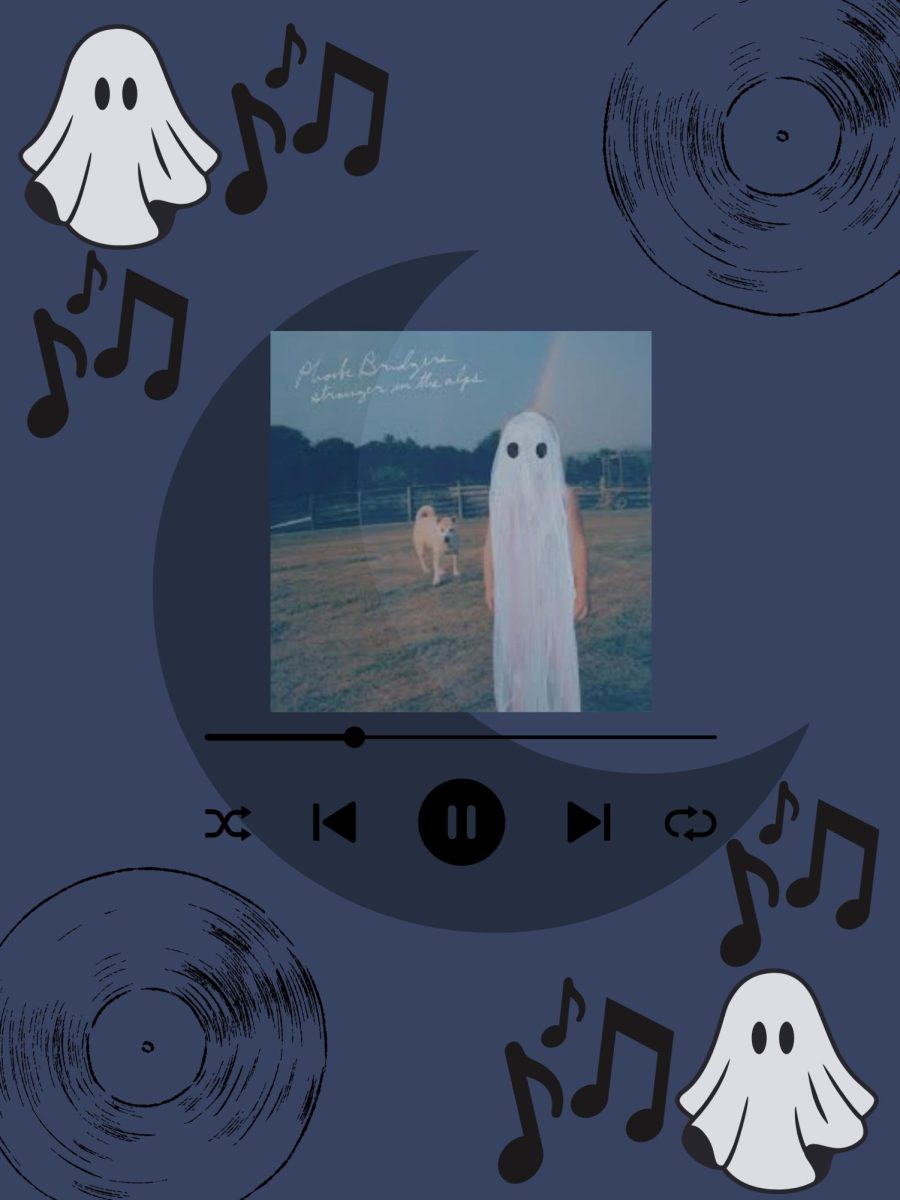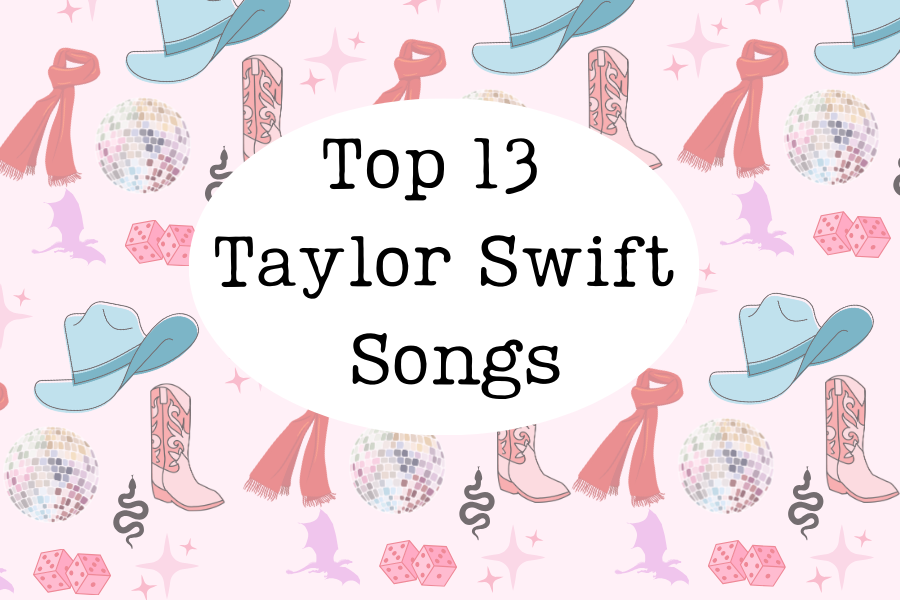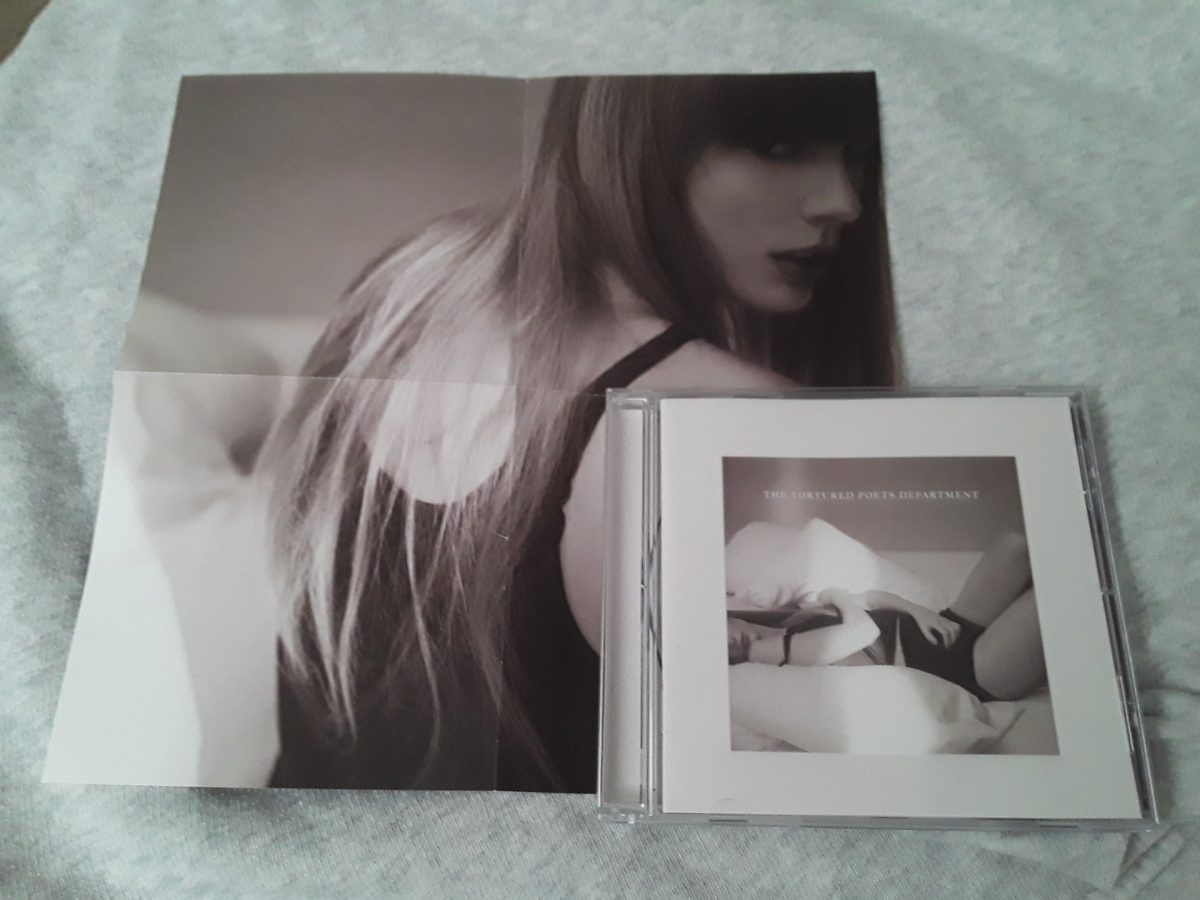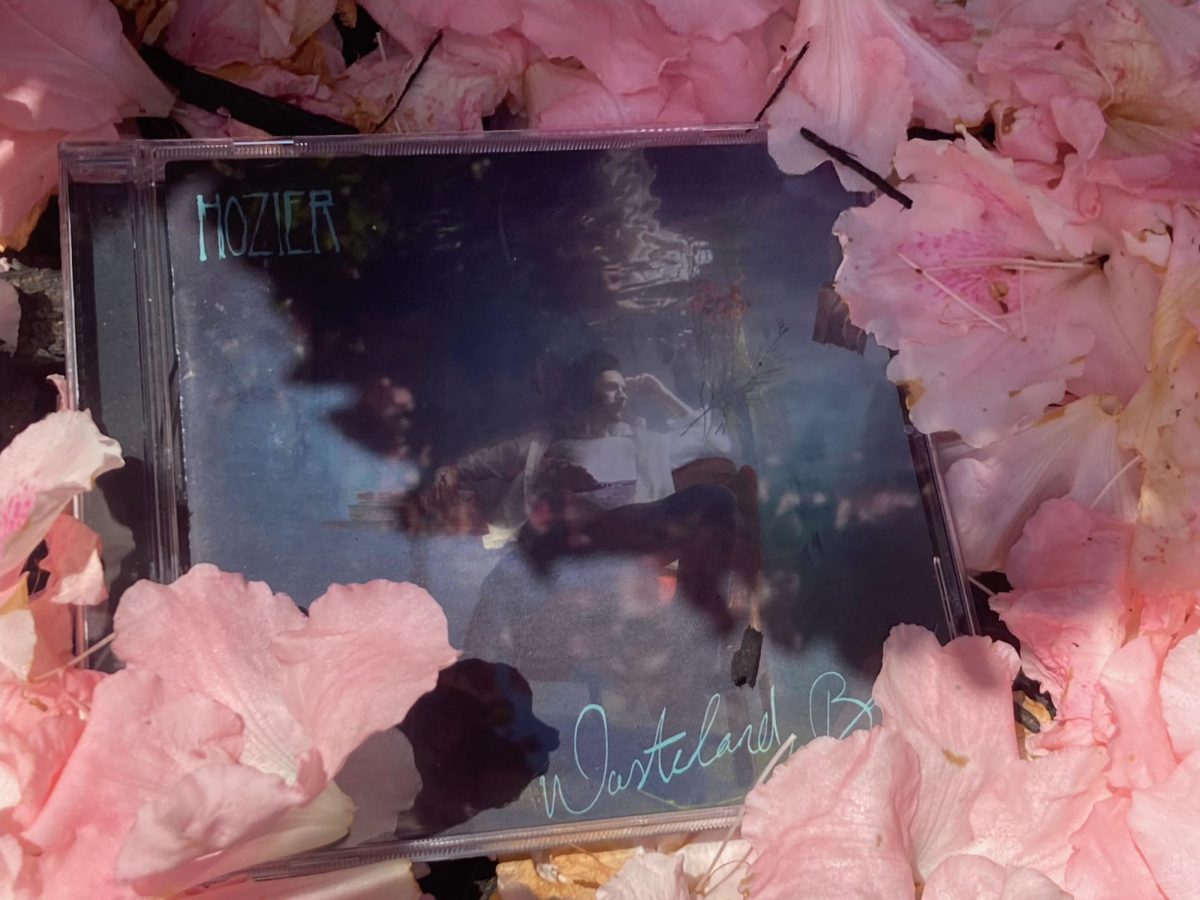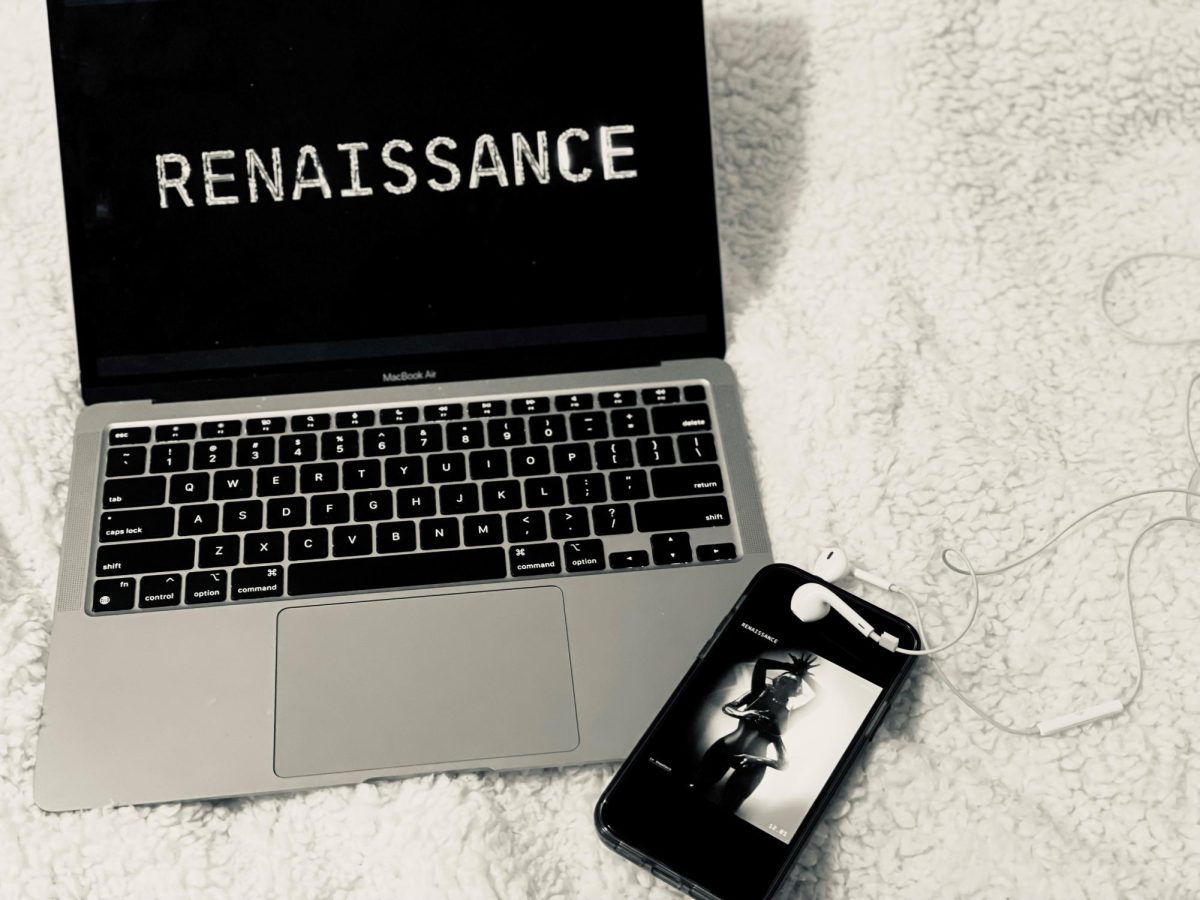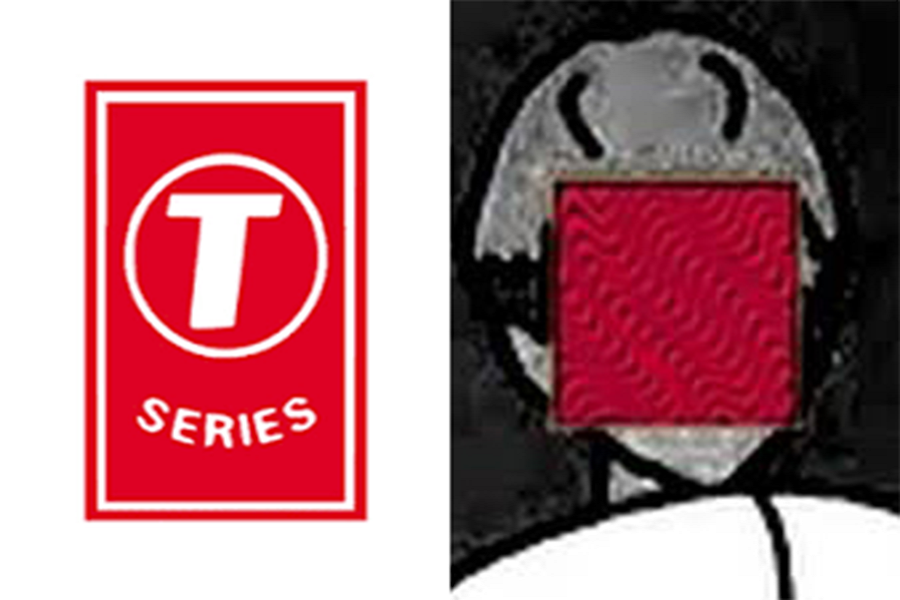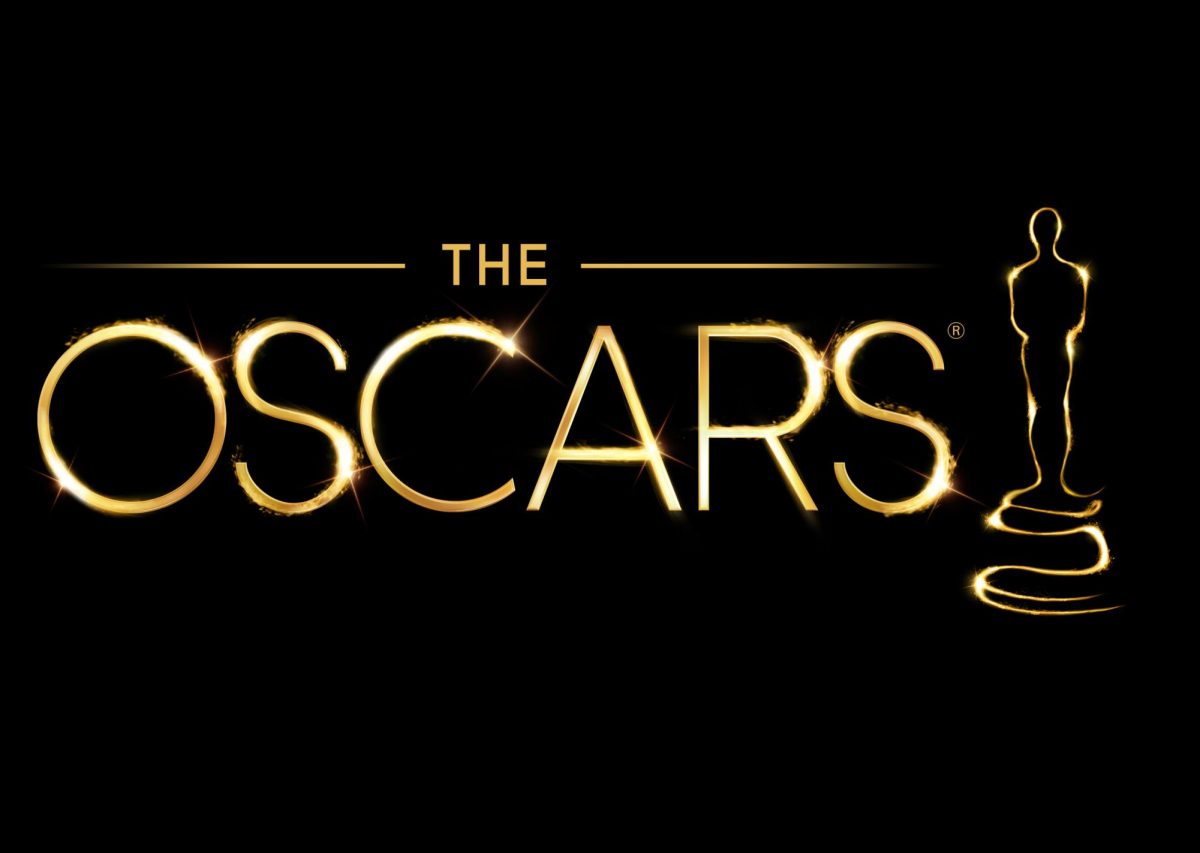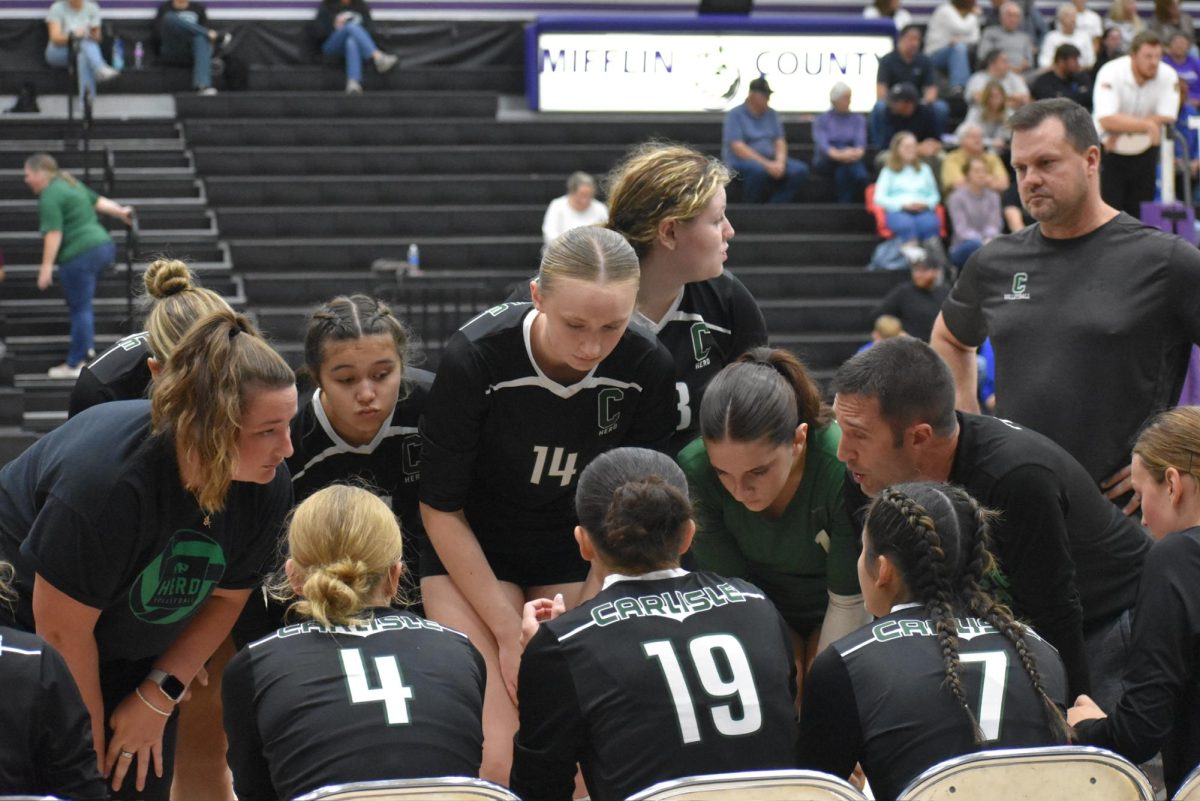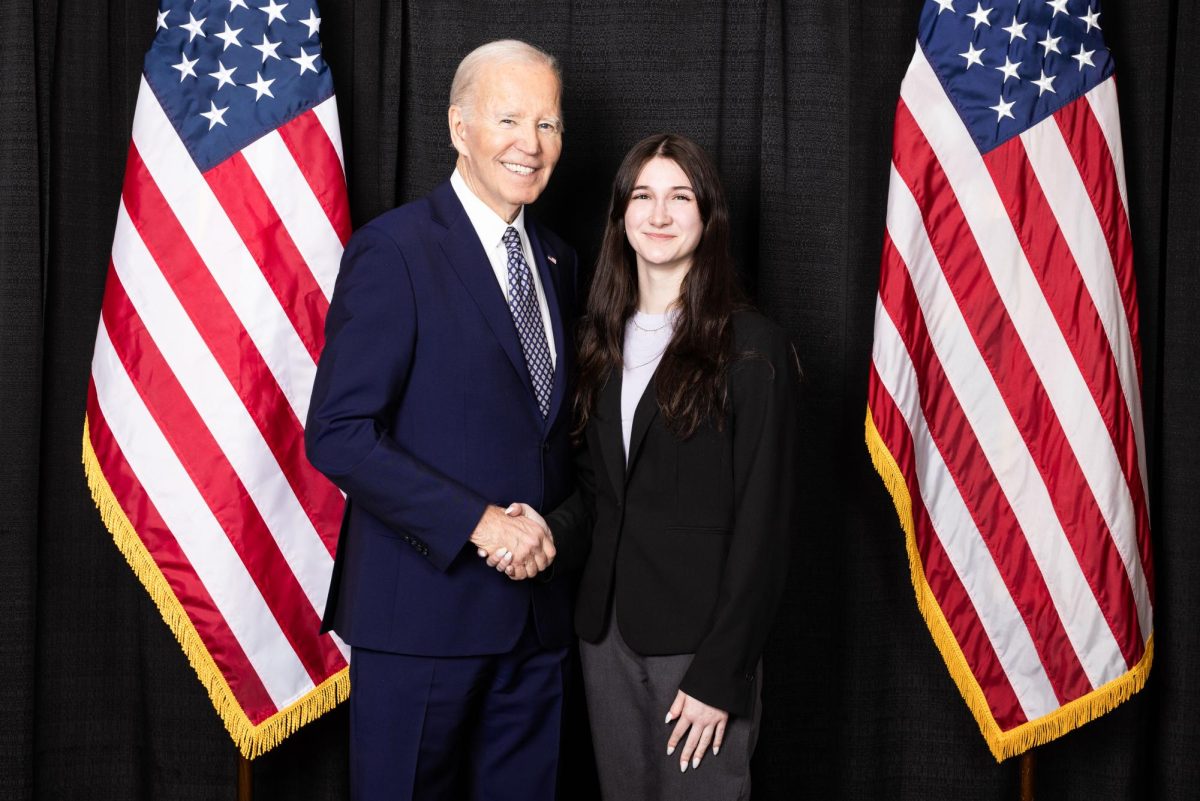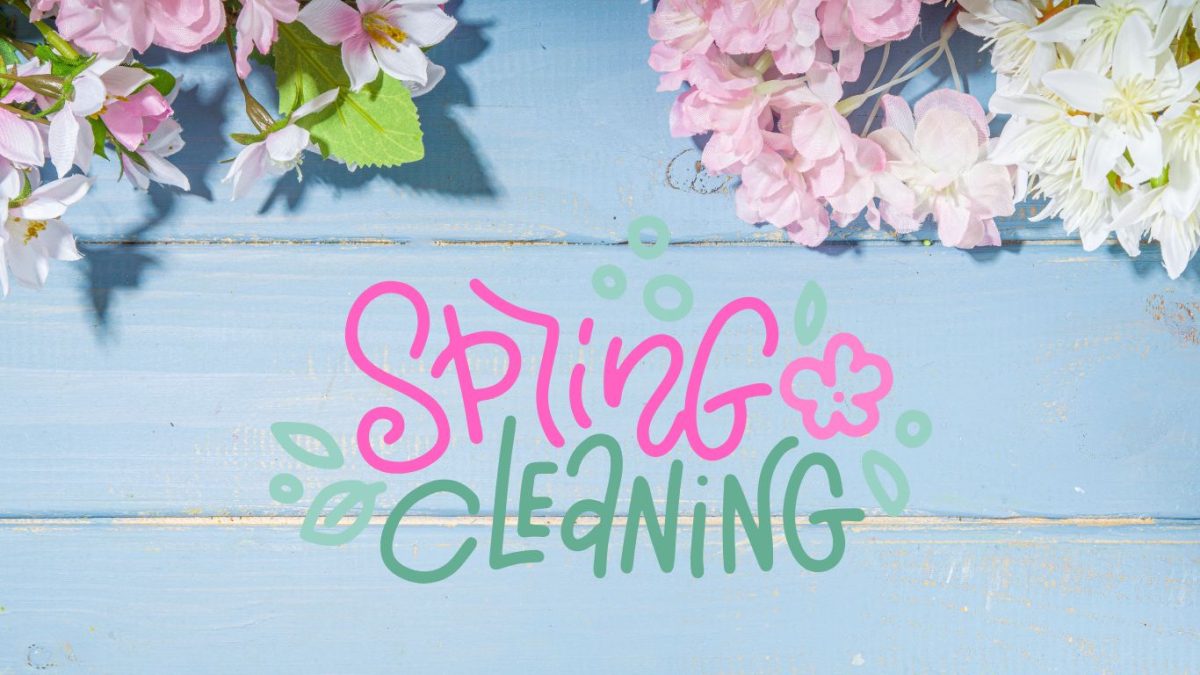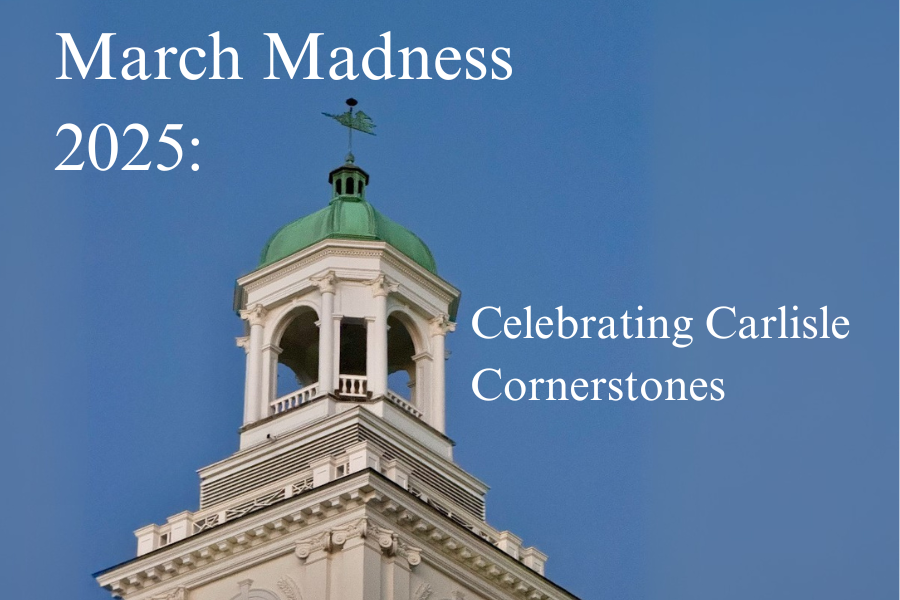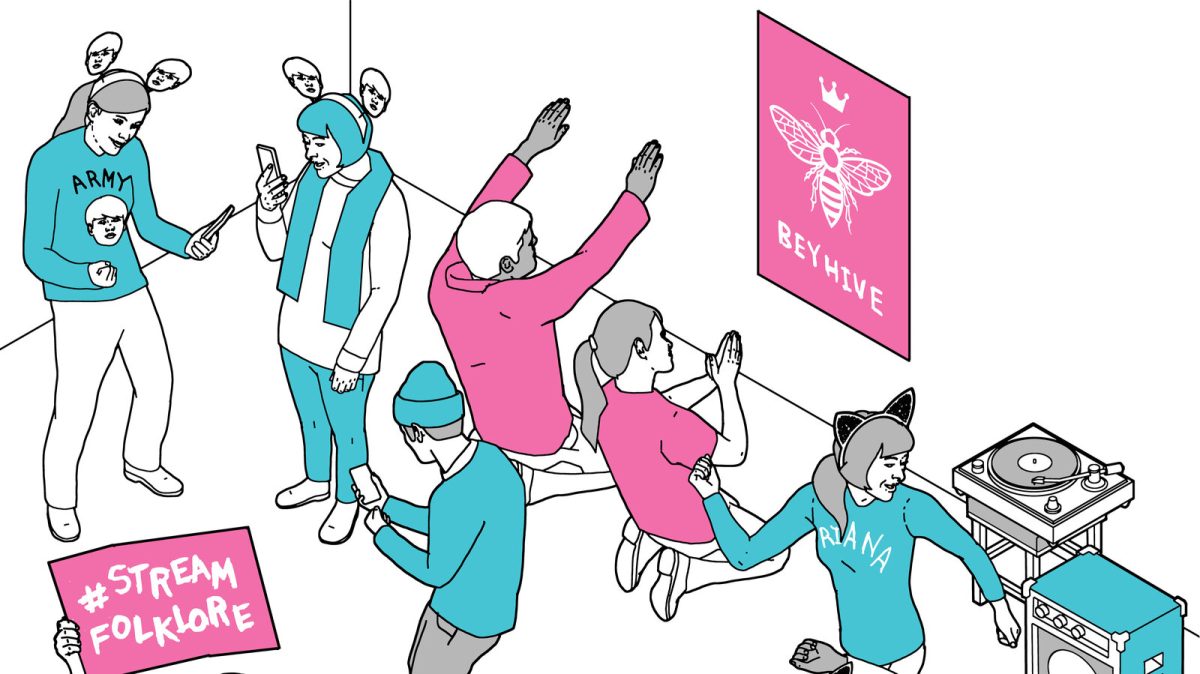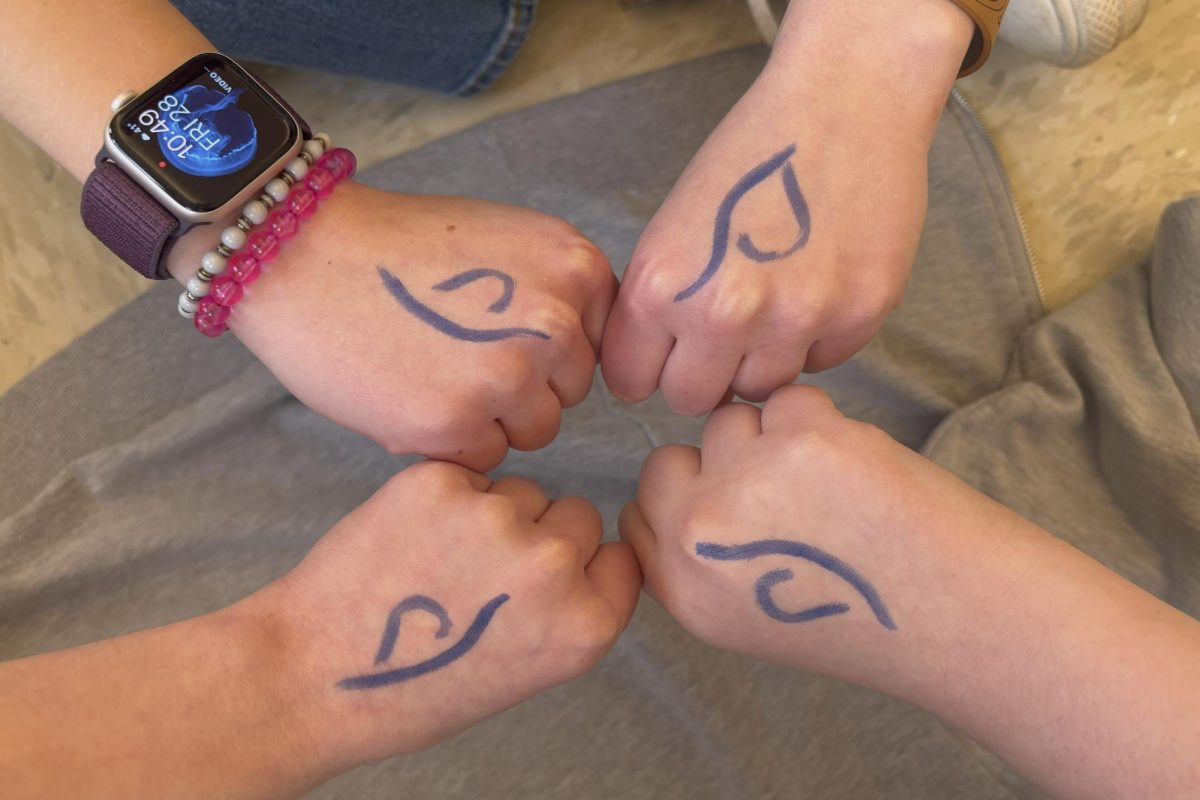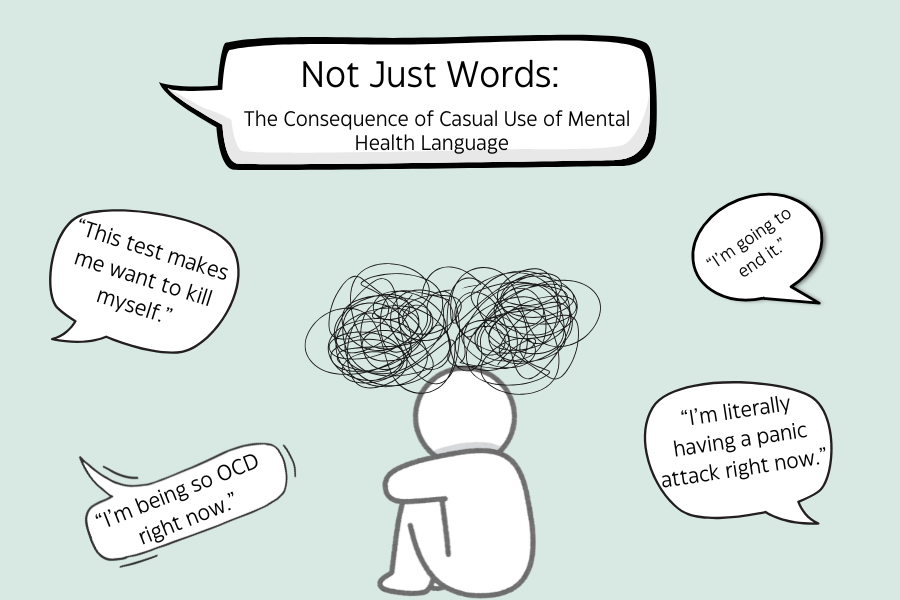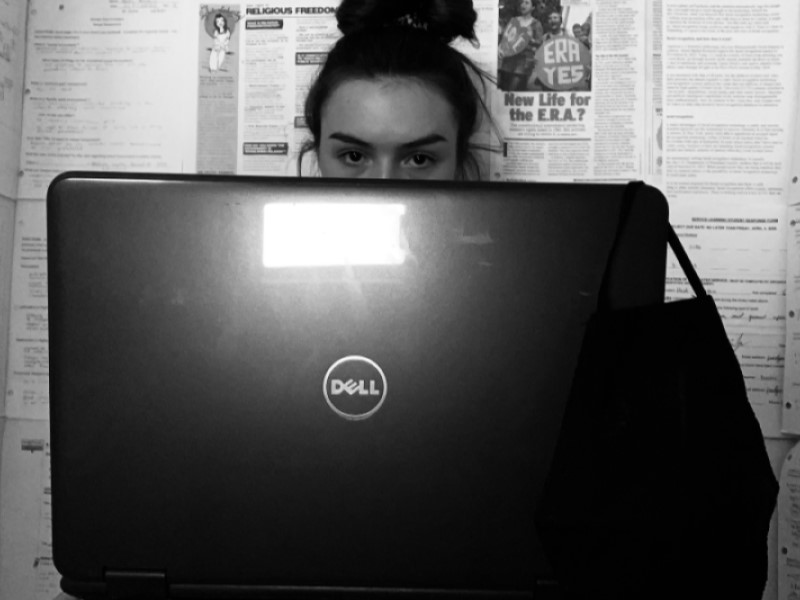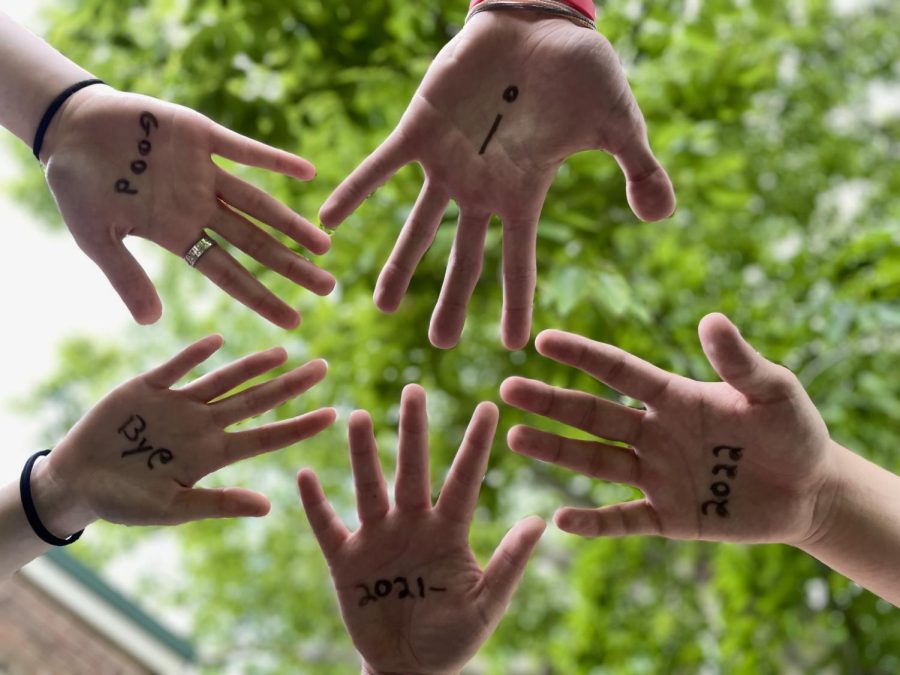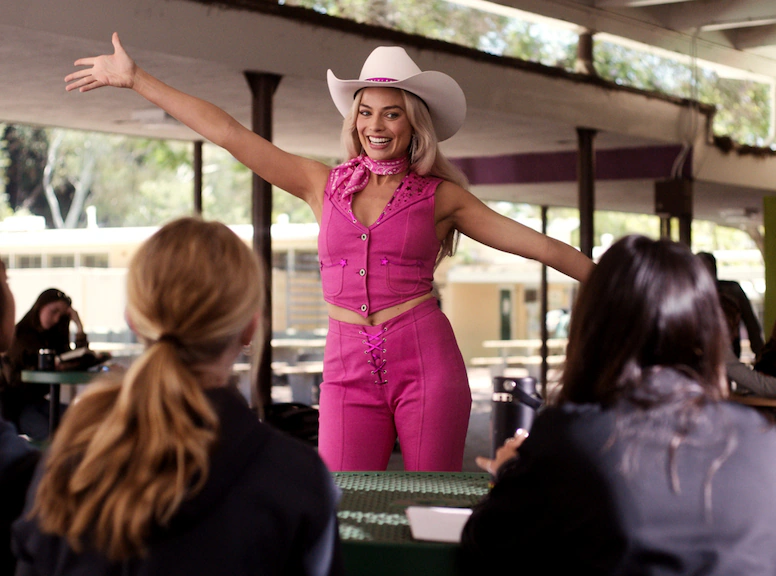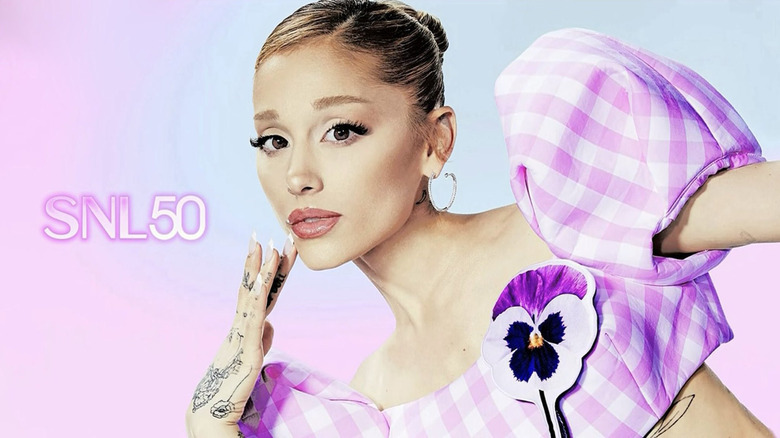Growing up, “Barbie” was a part of all our childhoods. Whether you collected dolls, watched her movies, or simply stared in awe at the fluorescent pink toy aisles, everybody knows that iconic blonde. On July 21st, Barbie, directed by Greta Gerwig, was released into theaters, starring Margot Robbie and Ryan Gosling as live-action iterations of the beloved dolls. Despite production troubles, Gerwig managed to create a landmark for feminist media and a film no one would forget. Barbie is brilliant and surprising because of the way it brought together a community of women who all felt the same about certain topics in life.
Leading up to the release, many people underestimated just how well Barbie would do in theaters. In the box office, the movie made over 1.3 billion dollars, which makes it the biggest movie in Warner Bros. history. In the same vein, Barbie has made Greta Gerwig the highest grossing female director of all time. This achievement helped people with feminism more.
The blockbuster starts out with the history of “Barbie” which is a parody of the film “2001: A space Odyssey” which had explained the history of “Barbie” the doll. We get introduced to Barbie when she wakes up in her own pink world. Barbie’s are in control of the society in which everyone lives. “Barbie Land” is a satirical flip on the actual real world when it comes to the patriarchy. By putting a flip on the real world, it helps men understand what women have felt through all of history. Men can see how poorly Ken was treated compared to the Barbies, allowing the men in the audience to better empathize with women.
After an abnormal existential crisis, Barbie leaves Barbie Land and heads to the real world looking for solutions. When she gets to the real world, with Ken in tow, she starts to experience different forms of misogyny that are completely foreign to her. She gets harassed by multiple men, gets arrested for punching a man in the face after he grabbed her, and gets catcalled by some construction workers. On the other hand, Ken is delighted to discover the patriarchy. Gerwig brilliantly shows both genders being dominant in their own worlds, which explains how neither world is the solution to the gender disparity problem.
In the end Barbie must find balance between the Kens and Barbies, exactly the point that Gerwig is trying to make about what we should do in our own society. When it comes to real life, myself and other women often feel like we are always being dismissed by men. Whether it’s in a classroom or a workplace, we feel like we can’t speak up because we know we won’t be taken seriously.
Women feel like everywhere they go, they need to fit in. That’s why this movie is so important to not only myself, but others as well. Barbie shows that no matter what you do, someone will always have a problem with the way you do things. You shouldn’t have to fit society’s standards in order to be you. This is such an important life lesson for women to learn. This movie has beautifully portrayed how we need to be ourselves in order to be happy.
Gerwig has turned Barbie into a feminist icon, who has shown me that it’s okay to wear pink and be interested in politics even if society thinks otherwise. Beyond the movie, women adore this movie and have been celebrating sisterhood in movie theaters nation-wide, and usually in glittery pink. As I saw the movie, I laughed and cried in a theater full of other women who have similar experiences with the patriarchy.
The Barbie movie is about so much more than plastic, it’s about real people and the gender inequality that we encounter everyday. My hope is that all real-life “Barbies” and “Kens” take the message of this movie to heart and stop trying to build our own “Barbie Lands” or “Mojo Dojo Casa Houses” and truly work together.





